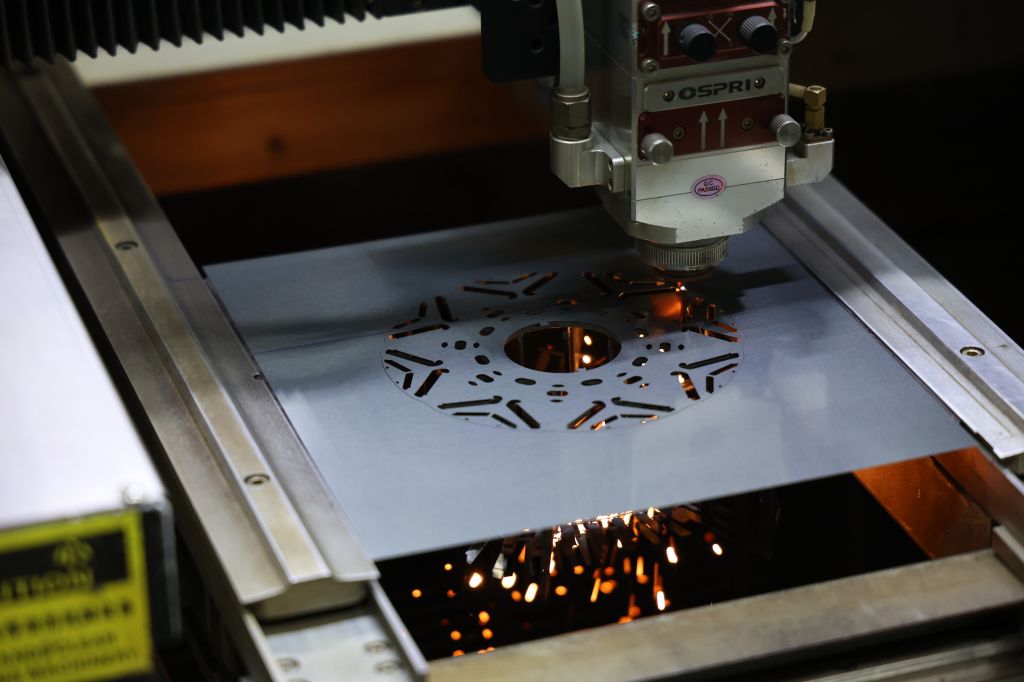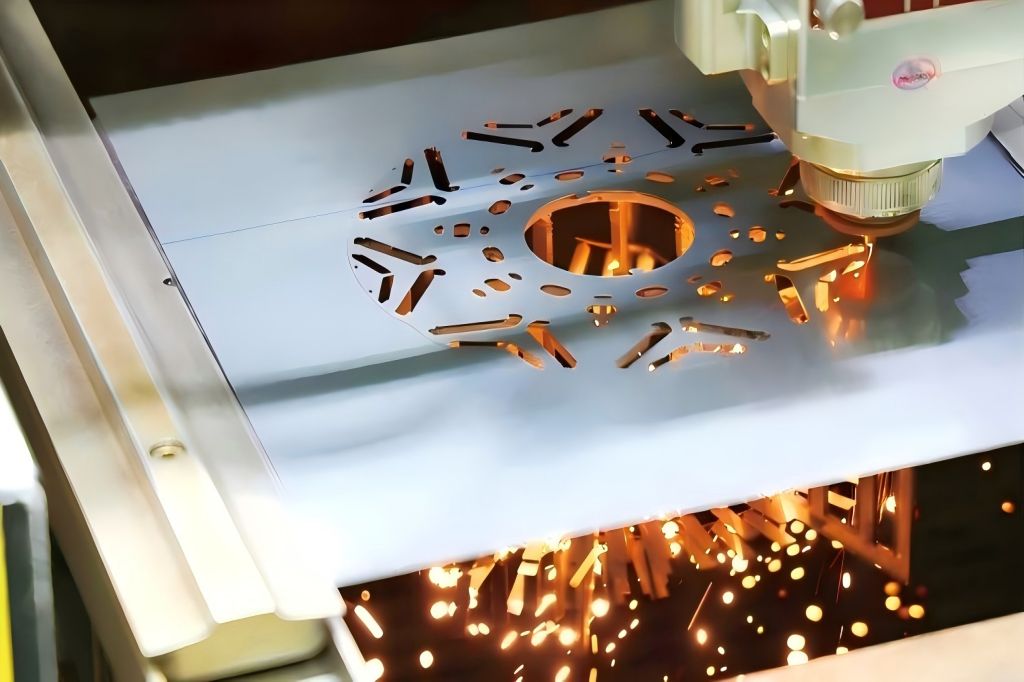The rise of electric vehicles, renewable energy, automation, and miniaturization has boosted the global need for high-efficiency electric motors. However, motor design is becoming more complex, while traditional prototyping methods—especially for laminated stators and rotors—remain slow and rigid.
For years, engineers used mechanical stamping to make motor laminations. While great for mass production, stamping isn’t ideal for prototyping because every design change needs a new die, which takes time and money. This slows down the fast, repeated changes needed in modern R&D.
Laser cutting offers a faster, more flexible solution. It creates precise laminations straight from digital designs—quickly, cleanly, and without tooling—helping motor prototypes keep up with fast-changing needs.
Understanding Motor Laminations and Their Importance
Electric motors use the interaction of magnetic fields in the rotor and stator to transform electrical energy into mechanical energy. These magnetic fields are controlled by the geometry and material of the motor core, which is constructed from stacked, thin sheets of electrical steel—called laminations.
These sheets are individually insulated to reduce eddy current losses, which can otherwise cause overheating and reduce motor efficiency. The shape and configuration of these laminations are critical to the motor’s overall performance, including its torque density, power output, heat dissipation, and electromagnetic efficiency.
Any adjustment to the lamination geometry—whether slot width, skew angle, or hole pattern—can have a significant impact on performance. As such, engineers typically iterate through many design variations before finalizing a motor. This makes prototyping a pivotal stage—and one that laser cutting is uniquely positioned to enhance.
Why Traditional Prototyping Slows Innovation
Stamping, the long-standing process for manufacturing motor laminations, relies on metal dies to punch out the desired shapes from steel sheets. These dies are expensive, usually costing thousands of dollars, and require weeks to manufacture and fine-tune. Even a minor design change can mean starting the die-making process over again.
For mass production, the investment makes sense: stamping is fast, repeatable, and cost-effective at scale. But during the prototyping phase, this approach becomes a barrier to innovation. It slows down development, discourages experimentation, and limits the number of design variations engineers can practically explore.
Laser cutting disrupts this model by eliminating the need for dies. Instead, high-precision laser beams cut the lamination profile directly from digital CAD files. This offers immediate production with no tooling lead time and complete freedom to adjust designs on the fly.

The Laser-Cutting Advantage: Flexibility, Speed, and Precision
Laser-cutting motor laminations delivers several distinct advantages for prototype and low-volume production:
Tooling-Free Prototyping
Laser cutting operates directly from a digital file. No dies are required, which means engineers can start cutting lamination profiles immediately after finalizing the CAD design. This significantly reduces lead times and eliminates tooling costs altogether.
Rapid Design Iteration
Designs can be modified and re-cut within hours. Engineers can test multiple lamination geometries side by side, enabling faster decision-making and more refined product development.
Tight Tolerances and Clean Edges
Modern fiber laser systems offer micron-level precision and extremely low burr formation. This is critical when stacking laminations, as edge defects can interfere with bonding and magnetic performance.
Versatility in Materials and Thicknesses
Laser cutting can accommodate a range of electrical steel types—from low-loss silicon steel to high-performance cobalt and nickel alloys. It also handles various thicknesses, supporting both miniature motors and large industrial machines.
Optimized Material Usage
Advanced nesting software maximizes yield from each steel sheet, minimizing scrap and reducing material costs—especially important when working with expensive specialty steels.
On-Demand, Batch-Size Flexibility
From a single prototype to short production runs, laser cutting scales effortlessly without process changes. It’s ideal for custom motors or highly specialized applications.
Closing the Gap Between Design and Testing
In many R&D settings, the design-to-test timeline is weeks long. Laser cutting compresses this dramatically. A typical workflow might include:
- Simulation: Engineers use software like ANSYS Maxwell or Motor-CAD to simulate the magnetic and thermal behavior of a proposed motor core design.
- Design Refinement: CAD models are updated to reflect simulation insights.
- Laser Cutting: Within hours, the updated design is cut into laminations and assembled into stator or rotor stacks.
- Testing: The physical prototype is tested for performance, efficiency, and noise.
- Iteration: Results inform the next design revision, which can be quickly executed and tested again.
This closed-loop process empowers engineering teams to iterate rapidly, test thoroughly, and develop high-performance motors in record time.
Applications Across Industries
Laser-cutting motor lamination is not limited to any one sector. It’s being adopted across industries where speed, performance, and innovation matter:
- Electric Vehicles (EVs): EV motor design is fast-paced and heavily focused on energy efficiency and compact packaging. Laser cutting allows developers to optimize lamination stacks quickly without interrupting development cycles.
- Aerospace: For propulsion systems and actuators, aerospace engineers benefit from the precision and low weight of custom lamination stacks—often produced in small quantities with exacting specifications.
- Medical Devices: Miniature motors in surgical equipment or diagnostic tools require high-precision cores, often in highly customized formats. Laser cutting ensures dimensional accuracy and consistency in low-volume runs.
- Robotics: With a wide variety of robot types, motion requirements, and form factors, robot motors are rarely one-size-fits-all. Laser cutting supports the quick development of application-specific motor cores.
- Industrial Automation: As factories shift to more modular, automated systems, laser cutting enables the quick deployment of customized drive motors and controllers tailored to specific machinery.
Environmental and Operational Benefits
In addition to performance gains, laser-cutting workflows contribute to operational efficiency and sustainability:
- Reduced Waste: Nesting software maximizes sheet usage, while the absence of dies avoids the scrap associated with die setup or failure.
- Energy Efficiency: Fiber lasers consume less energy than many traditional mechanical systems and require less maintenance, reducing both operational costs and downtime.
- Lower Emissions: By enabling leaner manufacturing and eliminating unnecessary tool production, laser cutting indirectly reduces CO₂ emissions associated with prototyping.
- Cleaner Work Environment: Laser systems produce minimal noise and require no lubricants or coolants, creating a safer, cleaner workspace.
Real-World Example: A Rapid Prototyping Breakthrough
Consider the case of a startup developing high-speed electric motors for UAVs (unmanned aerial vehicles). They needed to iterate rapidly on lamination design to balance torque and weight. Using traditional stamping, each design revision would take over three weeks. With laser cutting, they were able to test six different lamination geometries in under 10 days, leading to a 12% improvement in motor efficiency and a 7% reduction in overall weight.
Another example comes from a university research lab developing axial flux motors. The team required laminations with complex venting patterns and asymmetrical slot shapes. Laser cutting not only delivered these designs with high precision, but also allowed for simultaneous exploration of three stator configurations. The speed and freedom significantly enhanced the scope and impact of their research.
Limitations and Transition to Mass Production
It’s important to note that laser cutting is not a full replacement for all production scenarios. When motor designs are finalized and production scales into the hundreds of thousands, stamping becomes more cost-effective due to its high throughput.
However, laser cutting remains an invaluable front-end solution, providing a fast, flexible bridge between concept validation and manufacturing. Some manufacturers even use laser-cut laminations for pilot production runs or high-mix, low-volume orders where investing in dies remains impractical.
Many firms now follow a hybrid approach: use laser cutting during R&D and early production, and transition to stamping once demand and design stability justify it.
The Future of Prototyping: Smarter, Faster, Integrated
As digital engineering continues to evolve, laser cutting is becoming a central element in integrated development ecosystems. Artificial intelligence is beginning to suggest lamination designs based on performance targets. Cloud-based simulation and digital twin models are streamlining collaboration between global teams. In this ecosystem, laser cutting acts as the physical enabler, bringing digital designs to life within hours.
Advances in multi-laser systems, real-time process monitoring, and robotic handling are also boosting the throughput of laser cutters. This raises the possibility that in the future, even medium-volume production could be laser-based, especially for products requiring frequent updates or personalized performance.
The convergence of rapid prototyping, smart manufacturing, and digital design tools is pushing the boundaries of what’s possible in motor development.



